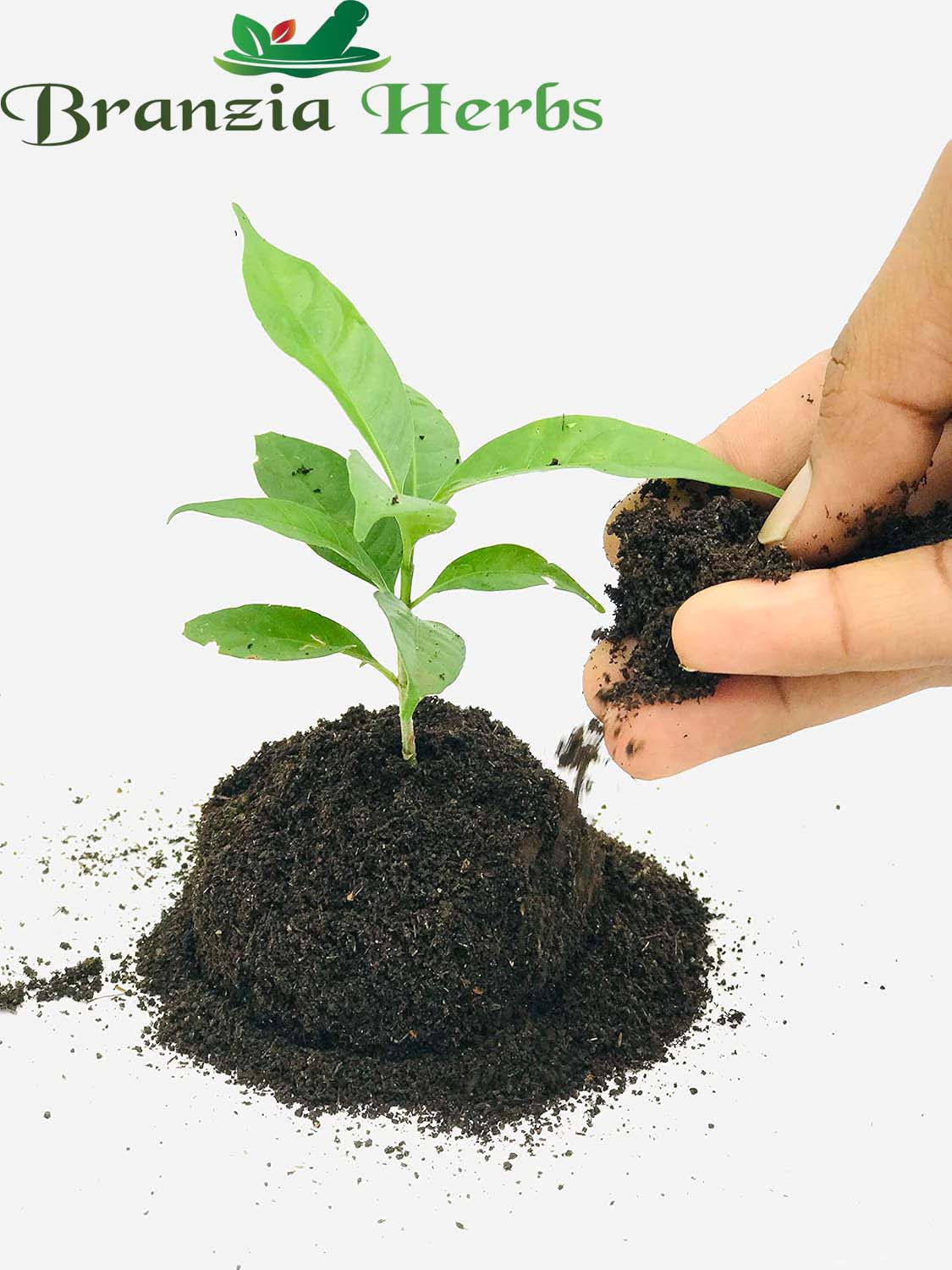Lemon Balm (Melissa officinalis) is a fragrant, perennial herb known for its lemon-scented leaves and numerous uses in culinary, medicinal, and cosmetic applications. It belongs to the mint family and is valued for its soothing and aromatic qualities. Here’s a comprehensive guide on Lemon Balm Herb Seeds, including their characteristics, benefits, and planting care:
Characteristics
-
Appearance:
-
Seeds: Lemon balm seeds are small, brown, and roughly oval, about 1-2 mm in diameter. They are tiny and need careful handling.
-
Plant: Lemon balm is a bushy, perennial herb with heart-shaped, serrated leaves that have a distinct lemon scent. The plant can grow up to 60-90 cm (24-36 inches) tall and produces small, white or pale pink flowers in clusters during summer.
-
Plant Size:
-
Height: Typically grows to about 60-90 cm (24-36 inches) tall.
-
Spread: Can spread up to 60-90 cm (24-36 inches) wide.
Benefits
-
Culinary Uses:
-
Flavoring: Lemon balm leaves have a mild, lemony flavor that adds a refreshing taste to salads, teas, soups, and desserts. It can also be used to flavor drinks and marinades.
-
Herbal Blends: Often included in herbal tea blends and used in cooking for its aromatic qualities.
-
Medicinal Uses:
-
Digestive Health: Lemon balm is traditionally used to relieve digestive issues such as bloating, indigestion, and nausea.
-
Calming Effect: It is known for its calming properties and is used to reduce stress, anxiety, and insomnia. Lemon balm tea is commonly consumed for its soothing effects.
-
Antiviral Properties: Contains compounds with antiviral properties that may help support immune health.
-
Cosmetic Uses:
-
Skin Care: Lemon balm essential oil is used in skincare products for its antimicrobial and soothing properties. It can help with minor skin irritations and acne.
Planting Lemon Balm Seeds
-
Preparation:
-
Seed Treatment: Lemon balm seeds do not typically require special treatment, but soaking them in water for 24 hours before planting can help improve germination rates.
-
Timing:
-
Optimal Season: Plant lemon balm seeds indoors 6-8 weeks before the last frost or directly outdoors in spring after the last frost when soil temperatures are consistently above 10°C (50°F).
-
Soil and Location:
-
Soil Type: Prefers well-drained, loamy or sandy soil with a slightly acidic to neutral pH. Enriching the soil with compost can improve growth.
-
Location: Choose a sunny location with full sun to partial shade. Lemon balm can tolerate some shade and prefers cooler conditions.
-
Planting:
-
Sowing Seeds: Sow seeds about 1/4 inch (0.6 cm) deep in the soil. Space seeds or seedlings about 30-45 cm (12-18 inches) apart to allow for spreading.
-
Germination: Seeds typically germinate within 10-15 days. Keep the soil consistently moist but not waterlogged during this period.
-
Watering:
-
Initial Care: Water the soil thoroughly after planting and maintain consistent moisture until seedlings are established.
-
Ongoing Care: Water regularly, especially during dry periods. Lemon balm prefers consistently moist soil but can tolerate brief dry spells.
-
Fertilizing:
-
Nutrients: Lemon balm benefits from a balanced fertilizer or compost. Fertilize every 4-6 weeks during the growing season to support healthy growth.
Care and Maintenance
-
Pruning:
-
Trimming: Regularly trim or harvest leaves to encourage new growth and prevent the plant from becoming leggy. Remove any dead or damaged leaves.
-
Harvesting: Harvest leaves throughout the growing season. The best time to harvest is just before the plant flowers, when the leaves are at their peak flavor and aroma.
-
Pest and Disease Management:
-
Monitoring: Lemon balm is relatively pest-resistant but can be affected by common garden pests such as aphids and spider mites. Watch for signs of fungal diseases like powdery mildew.
-
Control: Use organic pest control methods if needed and ensure good garden hygiene to prevent disease.
-
Protection:
-
Winter Care: In colder climates, mulch around the base of the plant to protect it during winter. Lemon balm is a hardy perennial that will return in spring. In very cold areas, it may be grown in containers and brought indoors during winter.
Environmental Considerations
-
Climate Adaptation: Lemon balm is adaptable to a range of climates but thrives in cooler conditions. It can be grown in various environments, including containers and garden beds.
-
Sustainability: Ensure planting practices are sustainable and adhere to local regulations regarding agriculture and conservation.
Summary
Lemon Balm Herb Seeds offer a fragrant and versatile addition to your garden or kitchen. By following proper planting and care guidelines, you can successfully grow lemon balm and enjoy its refreshing lemony flavor in a variety of culinary and medicinal applications. Lemon balm thrives in well-drained, sunny to partially shaded conditions and requires consistent moisture for optimal growth. Its culinary, medicinal, and cosmetic benefits make it a valuable herb for a range of use







